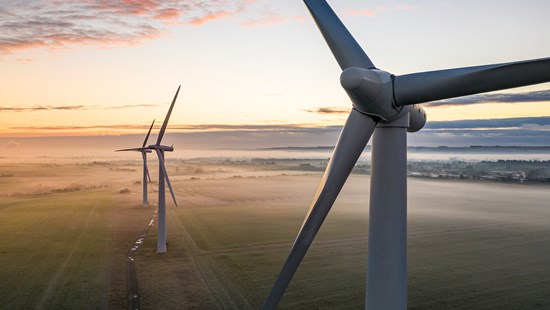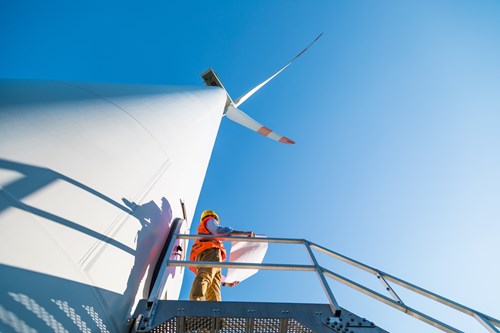
The last few years have been action-packed. We have navigated a global pandemic, significant supply chain disruption, return of meaningful inflation and a major conflict in Ukraine. These massive macroeconomic and geopolitical forces have contributed to material volatility in markets, especially within the sustainable energy space.
The issues in Ukraine likely mean our global energy landscape will never be the same again. It has propelled energy security to the top of every government’s list of priorities, but despite this, not all energy transition businesses have done well this year. Renewable wind companies have been particularly disappointing. So why, during a period of increased demand for alternative energy, has investing in the wind industry been so challenging?
Wind equipment manufacturers have been struggling with rising interest rates and supply chain problems. Over the past few months, charges unveiled by two offshore wind sector leaders highlighted the challenges the fast-growing renewables industry is facing, ranging from quality issues to cost inflation, that are hitting profit outlooks.
Siemens Energy announced that its wind turbine subsidiary estimated a €1.6bn cost from repairs1. This was followed by Orsted revealing a similar write-down on a large U.S. offshore wind project and an earnings forecast for 2023 below analyst estimates. The company also had setbacks in its discussions with US lawmakers about tax credits it hoped to secure on some of its projects. The company said talks to secure tax relief of at least 40% on all projects were not progressing as previously expected and that failure to progress these negotiations could result in a significant one-off charge.

When we build any portfolio, we aim to ensure diversification by sector and region. For us, the energy transition investment opportunity is not limited to just the renewable energy producers. We consider the entire energy value chain, from electric vehicles to transport infrastructure, energy storage to distribution and transmission networks. Our underlying fund managers are finding incredible opportunities in many of these areas, including renewable wind companies and have a long-term constructive view of the space.
So, what’s next for wind?
The economic rationale for offshore wind, as long as the projects are appropriately developed with the correct supply chain management, still very much holds. As these businesses learn their lessons and regulators start to adjust their pricing regimes, we feel the opportunity for earnings growth in this market remains very strong.
A key requirement for a recovery in these stocks is falling input costs and pleasingly, raw material prices have started to come down. If we get the cost side of the equation right, a more disciplined environment with regard to pricing, investments, contracts and demand would help with profits, resulting in an easing of pressures on the wind turbine market.
Looking through the market volatility, the forces driving the energy transition are still intact.
The recent energy crisis across the world has created additional demand for cheap, clean energy to boost our energy security. We have seen promising new policies across the world like RePowerEU in Europe and the US Inflation Reduction Act. This should accelerate the adoption of alternative energy technologies all around the world. While inflation has seen the cost of energy transition technologies rise, the relative economics compared to traditional fuels have never been so compelling.
Ultimately, wind plays a crucial role in getting to a low carbon economy and net zero goals. It is likely our future energy mix will include some combination of renewables (wind, solar, geothermal and hydro) and nuclear power. Amid all the headlines, we must not miss the bigger-picture dynamics in the energy transition space.
As Sam Dovey and I discussed last year when we launched the Ravenscroft Global Solutions Fund (please note this fund is not available in the UK), both of the two previous energy transitions were long-term structural changes that proved hugely disruptive. The use of coal was spurred by the introduction of the steam engine and the transition to oil and gas was driven by the move to the internal combustion engine. While the full adoption of coal took around 70 years and full adoption of oil and gas took around 50 years, experts think our move to renewables could play out over a shorter timeframe, estimated to be around 30 years. This compressed timeframe means we should expect at times our journey to a low-carbon economy will be bumpy. With multiple tailwinds and a significant amount of investment needed across the sustainable energy value chain, it is up to investors to identify the segments and the businesses that can best capture the opportunity as the long-term investment theme unfolds over time.
We hope you have a good week.
Sources:

